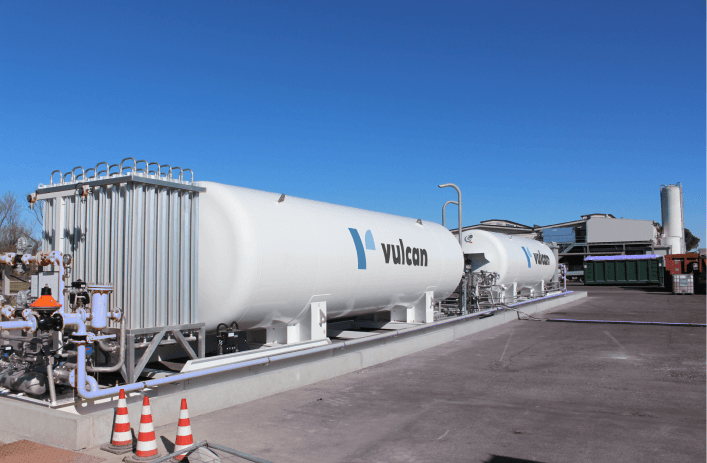BIOGNL
BIOGNL what is it?

The BIOGNL, or liquid biomethane, is a sustainable fuel produced through the liquefaction of biomethane, which in turn is obtained from the anaerobic digestion of organic matter, such as agricultural, food or sewage waste.
BIOGNL is obtained following a purification process of biogas, a mixture of methane and carbon dioxide produced by the anaerobic decomposition of organic matter.
To bring BIOGNL to a liquid state, it is cooled to very low temperatures, usually below – 160°C, to convert it to liquid phase. This makes it extremely denser, easier to transport and store. Suffice it to say that the ratio of liquid methane to gaseous methane corresponds to 1/600.
Liquid biomethane can be used as a fuel for automotive, heating and power generation.
BIOGNL represents an important example of circular economy and sustainable local development, serving as a renewable source and a tool for reduction of emissions from Co2.
Liquid biomethane production is expected to increase about tenfold by 2030.
LNG and BIOGNL: Impact on Transportation.
In December 2020, the European Commission introduced the Strategy for Sustainable and Smart Mobility with several initiatives aimed at reducing transport emissions by 90 percent by 2050.
The transport sector contributes 5 percent of the EU’s GDP and employs more than 10 million people; it thus accounts for a quarter of the EU’s total greenhouse gas emissions.
The initiatives focus on:
- Modernization through digitization to make the transportation system more efficient, with reduced emissions.
- Investments to strengthen the EU single market and address the vulnerabilities highlighted by the coronavirus pandemic.
In this context, liquid natural gas LNG and BIOGNL (or biomethane) emerge as important solutions and promise a cleaner and more sustainable transportation future.
FAQ - Frequently Asked Questions
Biomethane is produced by farms, agribusinesses, municipal and industrial waste treatment plants, and wastewater treatment plants. These realities harness waste materials to generate clean and sustainable energy.
Biomethane production begins with anaerobic digestion of organic biomass, such as agricultural waste, manure, slurry, and municipal organic waste (MSW). This process generates biogas, a mixture of methane and carbon dioxide. Next, the biogas is purified to remove carbon dioxide and other impurities, resulting in biomethane, which has a composition very similar to that of natural gas.
Yes, biomethane is considered a renewable energy source. It is produced from organic raw materials that regenerate naturally, such as agricultural waste and garbage. Using these wastes for biomethane production also contributes to the reduction of greenhouse gas emissions.
The main difference lies in their origin. Methane (or CNG) is a fossil fuel extracted from underground deposits, the formation of which took millions of years. Biomethane, on the other hand, is a renewable fuel produced quickly from the decomposition of waste and organic biomass. Despite their different origins, their chemical composition is almost identical, making them interchangeable for use in vehicles and plants.



